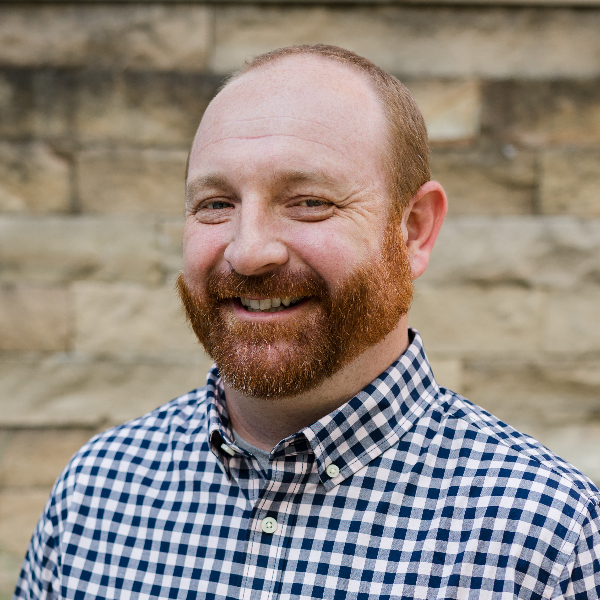In the News: The Great Divergence (of Rural and Urban)
This past week, the Economist ran a significant article on the widening gap between cities and rural areas in the United States. If you are in ministry, in either setting, then this is important stuff to know. America is in the middle of serious transition, and this will increasingly affect the way ministry is done in local churches, both in the heart of megacities and in Smalltown, USA.
I would encourage you to read the article in full here, but I pulled some quotes in order to demonstrate the significance of these trends on ministry.
- “Durham’s success reflects an emerging trend: high-flying cities, and the successful firms they contain, are detaching from the rest of the economy.” The article uses Durham, NC as an example of the trend. In recent years, Durham has exploded in economic and population growth. Key businesses have moved into the area because of the Research Triangle, and it has resulted in a massive overhaul of the city. However, the point of the article is not that Durham is growing, but that it is distancing itself from the surrounding rural areas. Most of the counties around Durham (and the rest of the Triangle) are getting poorer and smaller in comparison to the Triangle, which is booming in people and money.
- “In 2001 the richest 50 cities and their surroundings produced 27% more per head than America as a whole. Today’s richest cities make 34% more.“ This is a trend that is occurring nation-wide in key cities, and the trend is not slowing down. The divide between rural areas in the US and certain major urban centers is continuing to widen. This, of course, is causing a shift in population numbers, as people move toward money and opportunity.
- “Between 2010 and 2014 America’s population grew by 3.1%; it’s cities, by 3.7%. But the richest cities swelled by 9.2%.“ So, cities are just getting larger but at a disproportionate rate. Notice that many cities only grow at a slightly higher average than the rest of the country while certain key cities grow at three times the average. This means that certain mega-regions are forming in the US that will outpace the rest of the country in population and influence. The rich, populous areas are getting even bigger and richer while the rest of the country lags behind in money and influence.
- “While successful cities grow, almost 60% of rural counties are losing population.” In fact, the rural areas are not lagging behind, they are dwindling altogether. Over half of the rural areas in the US are actually losing total population. Unfortunately, this trend is likely to increase as less and less opportunities exist in the rural areas with declining populations and more and more influence is gathered in these cities. In years to come, cities will perhaps hold so much sway over the population and economy that they become more influential than the states that house them. This is already the case in certain areas, like New York City, and will probably become more pronounced and world-class cities emerge that actually have little to do with the surrounding rural sectors.
So what does this mean for your church?
Here, I think the temptation by many is to only focus on the cities, because they are gaining people. More people means more need. And while that is true, we need to look at this dynamic from a holistic perspective. With all the news about cities lately, it is easy to ignore the fact that changes in the city mean changes in the rural areas as well. Both areas are in transition because of this dynamic, and your church, no matter where it is located, needs to think through a response.
We need more churches in cities.
This take away should be obvious. With the swelling populations in cities, we need more churches to account for the vast numbers of lostness that are accruing. To be clear though, we need more churches that are growing through conversion. This may take different approaches than we have traditionally used to plant churches. Often times, church plants may really be “church transplants.” In other words, they grow by moving a large team of people into the city and setting up an attractional model that draws in transfer growth as Christians move into the city. These churches may be healthy, and I am not claiming there is no place for this type of church. However, reaching the lost in a city means churches that grow through conversion.
If your church is in a city center, evaluate your ministry model and answer the tough questions about growth. Are you growing? If so, is it by conversion and baptism or is it by transfer of believers into the city looking for a church?
In addition, we all need to embrace urban (and suburban) church planting. Too often, existing churches treat church plants like competition. That is simply not the case, especially when cities are a diverse as they are. Local churches need to support and send in order to plant churches. This can be done by churches no matter where they are located.
Rural ministry must look different.
Fact is, most evangelical churches are in rural or suburban areas. Now, many of the suburban areas are included in the statistics with cities. They are part of the growth in many areas, so they will have similar dynamics to think through as the urban core. But for those rural churches, and there are many, this poses a unique challenge. Ministry in rural areas is no less important than that in cities. It may not be as romanticized in the current Zeitgeist, but many of our churches still exist in this setting and must react to the transition.
Rural churches need to examine their setting. As noted above 60% or rural counties are declining in population. If you are a rural church, you need to know if you live in that group. Ministry to an area where people are leaving will look markedly different than an area where the population is growing or even static.
Secondly, rural churches need to examine themselves. Take a look at your membership and whether or not your church is moving toward health. If you are declining in number, a factor may be the fact that your town is doing the same. However, that may not be the case. A rural church needs to both examine their broader community where they sit and the gospel community that is their membership. There is no one-size-fits-all explanation to ministry in these areas, but churches should concern themselves with spiritual health and having an accurate picture of the transitioning culture around them.
The transitions taking place in the United States right now will affect local churches, no matter the context. Urban, suburban, exurban, and rural contexts are all shifting right now, and for churches to serve well where they are planted, they need to see how these transitions are taking place around them.
Photo by angelo Yap





